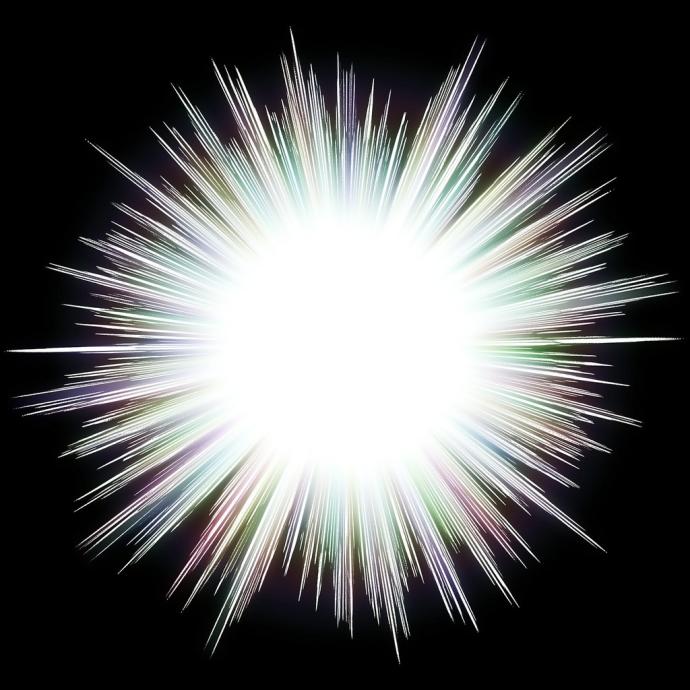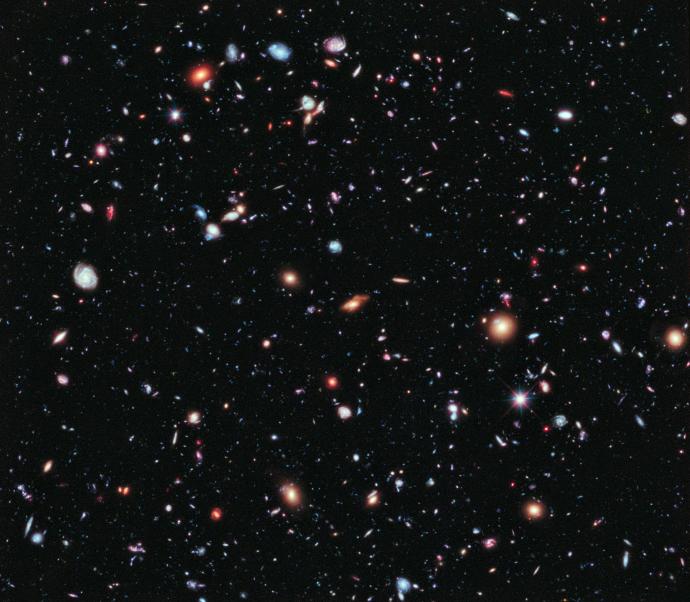The Big Bang
The Big Bang is the explanation for how the Universe started.
Astronomers think that everything started in a single point. Then everything expanded and stretched to grow into the huge Universe we see today.

The Universe
Cosmology is the study of the Universe. It doesn't look at small objects, like stars or planets. It investigates the Universe on a large scale.

Create An Expanding Universe
Carlos Frenk
Early Life
Carlos was born in Mexico. He is the son of a German-Jewish immigrant father and a Mexican-Spanish mother. Half of Carlos’ family are musicians, the other half are doctors. Carlos was interested in maths and nature when he was young. He did not feel that music or medicine would suit him. Carlos has an undergraduate degree in physics from the University of Mexico. He started off studying engineering. He switched to physics when he realised that he was more interested in “why things work?” than “how?”.
Year born: 1951
Research Areas: Supercomputer Simulations, Galaxy Formation
"Scientists are sceptics. But the main thing is you have to be a rebel, because otherwise you don’t contribute to new ideas."
